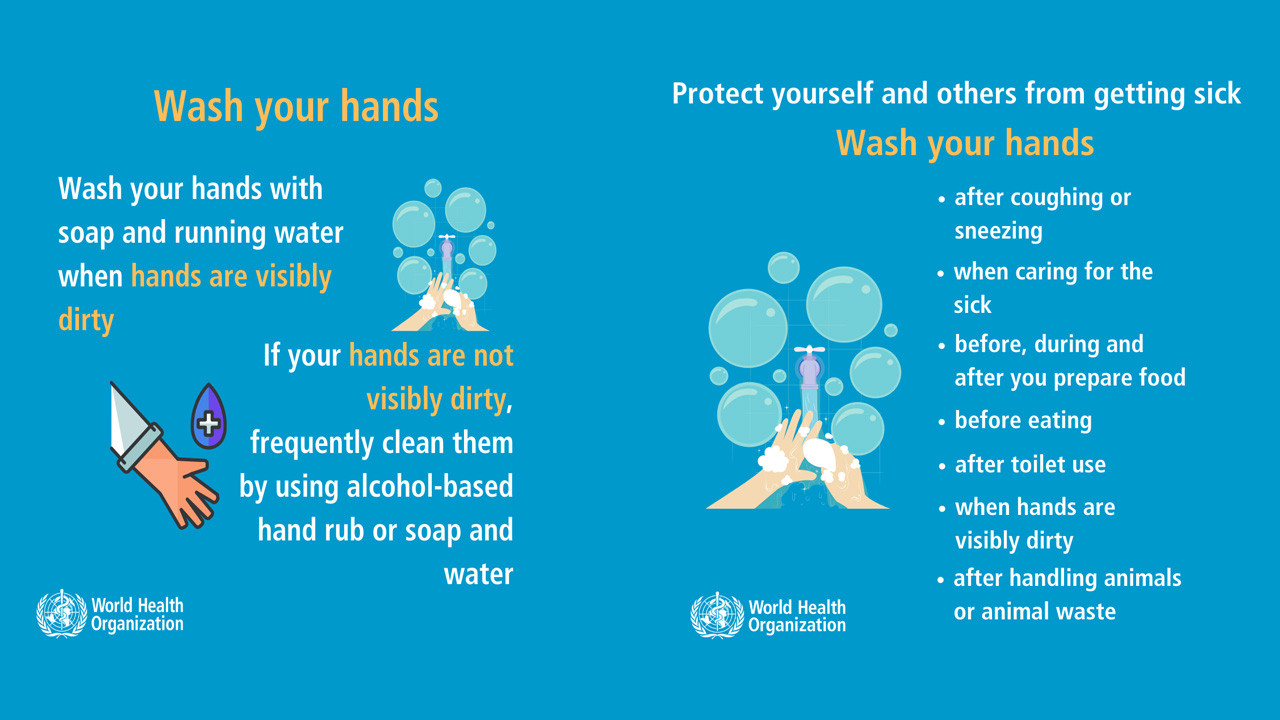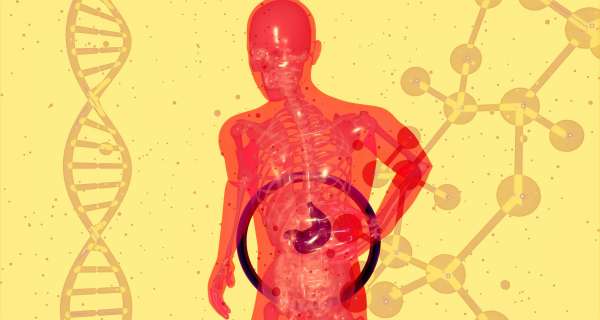
Signs Of Infection
The corona virus is considered to be a very large family of viruses that can cause illness. The beginning mild stages of infection would be symtoms similiar to the common cold. The Corona Virus, in its advanced stages, can potentially developed into diseases such as MERS, which is the Middle East Respiratory Syndrome and SARS, which stands for Severe Acute Respiratory Syndrome. The corona virus is considered to be zoonotic, meaning; it can be transmitted between animals and people. Past and very detailed investigations found that SARS was first transmitted from civet cats, to humans and MERS, from camels to humans. Several known corona viruses are currently being circulating in animals, that have not yet infected humans.
Common signs of infection would include respiratory symptoms such as coughing, shortness of breath and other related breathing difficulties. In more severe cases, infection can cause pneumonia, severe acute respiratory syndrome, kidney failure and even death. Regular hand washing along with covering your mouth and nose when coughing and sneezing, as well as thoroughly cooking our meats and eggs, is highly recommended so as to avoid infection. Washing your hands with soap and water or using alcohol-based hand rub eliminates the virus if it is on your hands. Social distancing, such as maintaining at least a 1 metre (3 feet) distance between yourself and other people, particularly those who are coughing, sneezing and have a fever is highly advised. When someone who is infected with a respiratory disease like the corona virus in particular coughs or sneezes, they project small droplets containing the virus. If you are too close, it can easily be inhaled.
Safety Precautions

Our Taxpayer Dollars At Work
An estimated six hundred and seventy five million US dollars is currently needed as part of a global preparedness response plan to fight the virus.One of the biggest concerns within the International community is that there are countries today, who may not have the systems in place, to detect people who have contracted the virus. According to the WHO Director-General strongly believes that support is urgently needed to bolster weak health care systems, so as to detect, diagnose and care for people who may have contracted the virus and to prevent further human to human transmission as well as protect health workers. The plan’s main focus would be to rapidly establish international coordination and operational support, scaling up international readiness and response operations and accelerating priority research and innovation. As of 10 a.m. Central European Time on 5 February, 25 countries have reported confirmed cases of the new coronavirus, including China, where 24,363 people had contracted the virus, or over 99% of all cases. In all other countries, 191 cases have contracted the virus.
Food Handling

The Effects Of The Virus
How is the Corona Virus affecting human interaction in society? As of right now, unfortunate suspected cases of infection has resulted in quarantine for at least a two week period, isolating patients from their loved ones. It also has the potential to create unnecessary panic from within, since it’s pretty difficult to differentiate between an actual corona virus infection from the common cold. The common cold is a natural occurrence in our immune systems. Retailers of face masks should look forward to cashing in on sales, since usage could potentially increase, as well as other hygienic products, recommended to protect oneself from infection. Doctors and hospitals visits should increase. With so many uninsured American’s, this can be pretty pricey. The average out-of-pocket cost for a visit to the doctor related to a health problem rose from about $30 to nearly $40. Also, the share of primary care visits subject to a deductible also increased. There is a lot of data showing that an increase in health care costs equals people receiving less care. It doesn’t only show that they will stop unnecessary care, altogether they will reduce both necessary and unnecessary visits. Thanks to the new corona virus, a simple cough or symptoms of the common cold should close this financial gap.
Share your thoughts. Join Our Business Network
What We Know About The Corona Virus https://t.co/6E2FcSDddW
— Big Ceo Muk (@BATAL_P) February 23, 2020




































0 Comments